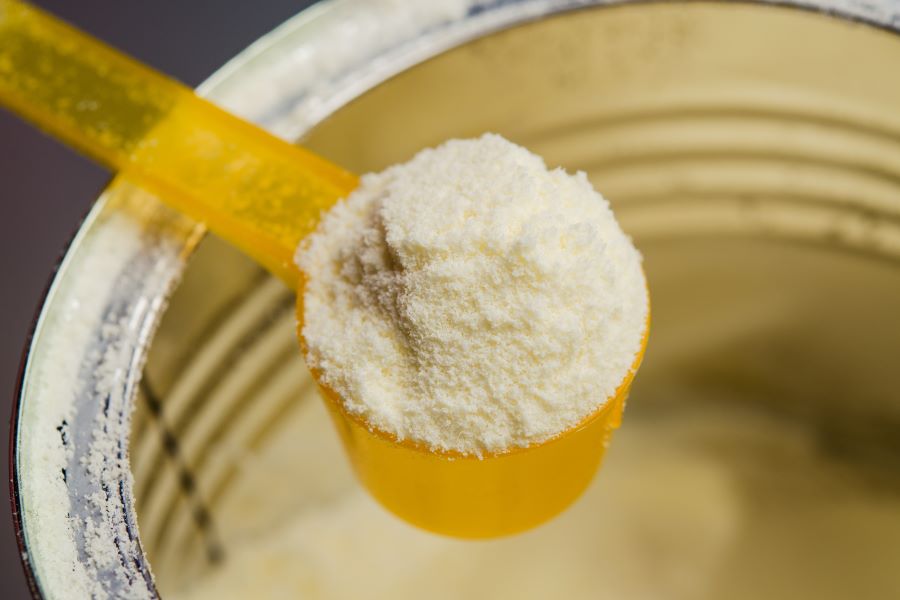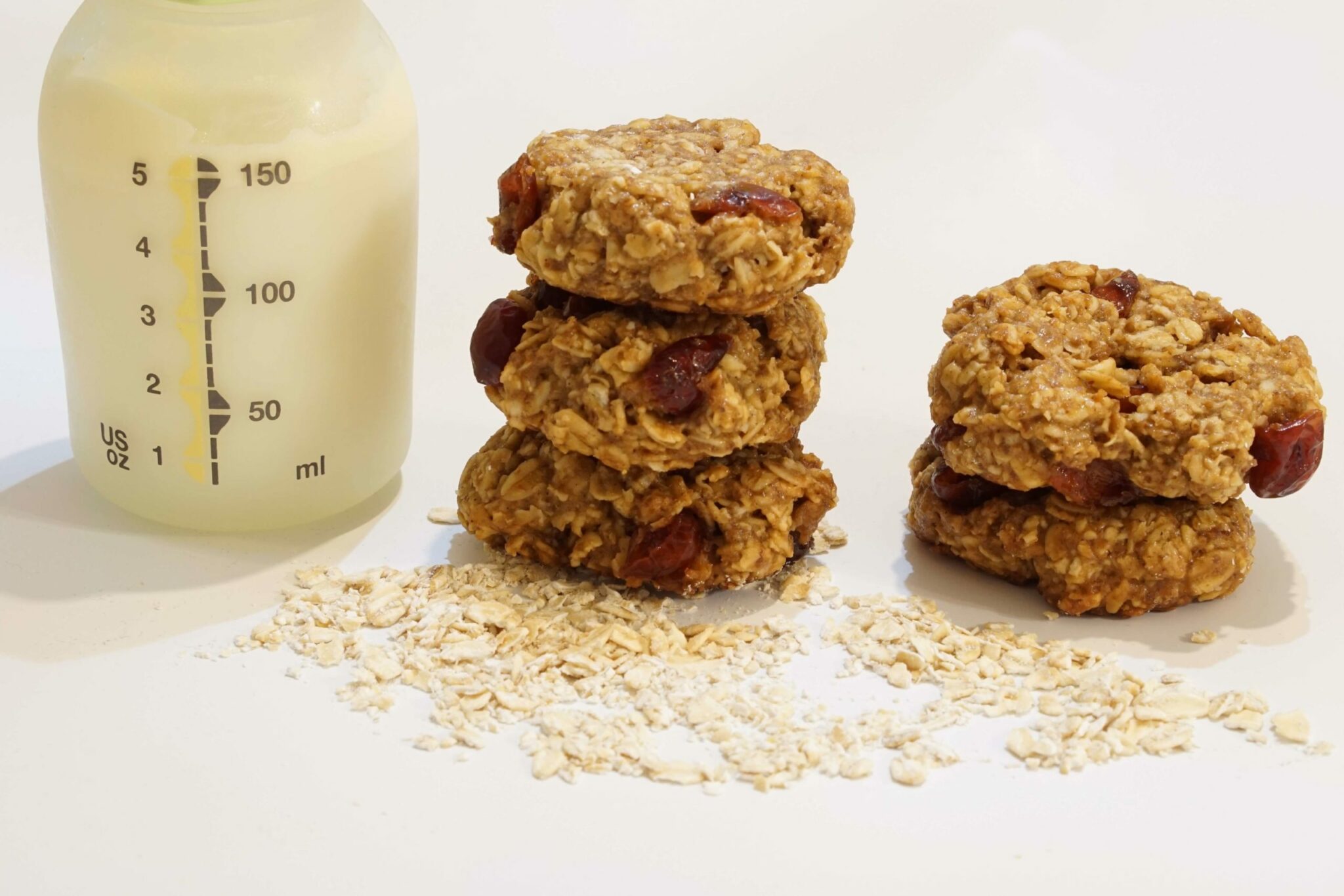Everything you Need to Know About Infant Formula


Infant formulas are designed for the first year of life in infants who are not breastfeeding exclusively. After the first year, infants can be weaned to whole cow’s milk or a non-dairy substitute.
All infant formulas are regulated by the Food and Drug Administration (FDA). Whether a specific brand or a generic label, they must meet certain criteria for infant nutrition — providing at least the minimum amount of nutrients and not exceeding the maximum amount — outlined for infant formulas.
All infant formulas are designed to mimic breast milk, especially in their nutritional offerings. Infant formulas can provide your baby with the nutrition he or she needs to grow and develop normally.
Regular cow’s milk and soy milk from the grocery dairy case do not offer the blend of nutrients babies need, nor do they offer the right amounts. For example, babies who drink cow’s milk before a year of age are at risk for iron deficiency.
However, no infant formula truly matches the properties of breast milk, especially when it comes to the immune system benefits, the flavor profile, and the occurrence of typical illnesses like ear infections.
If you\’re shopping for baby formula, this breakdown of infant formulas will explain what they are and the considerations for their use.
Cow’s milk based formula
Cow’s milk formulas are the gold standard for infants. Most babies who drink infant formula will use cow-milk based formulas.
Cow’s milk formulas, not surprisingly, are made from cow’s milk. The protein type (casein and whey) is the main difference when comparing cow’s milk formula to other types of formulas, such as soy-based infant formula.
Manufacturers dilute regular cow’s milk to ensure protein and other nutrients are properly balanced (regular cow’s milk has a high protein content), and add back vitamins and minerals to match your baby’s requirements (cow’s milk is too low in nutrients). This makes cow’s milk infant formula easier to digest and better matches your baby’s nutrient requirements.
Soy-based formula
Soy-based infant formulas are used for babies who cannot tolerate cow’s milk, either due to a cow’s milk allergy, colic, or other condition. It’s also used when families want to exclude animal protein from their diet. Babies who are allergic to cow’s milk may also be allergic to soy-based infant formula.
Like cow’s milk formula, soy-based infant formula is fortified and balanced with the nutrients required to match your baby’s needs for normal growth and development.
Protein hydrolysate formulas
Some babies cannot tolerate cow’s milk-based or soy-based infant formulas, and that’s where protein hydrolysate formulas come in. The protein in a hydrolysate formula is broken down (hydrolyzed) ahead of time, either partially or extensively, making digestion easier and sensitivity less likely. Babies who are allergic to both cow’s milk and soy-based infant formulas would use this type of formula.
Even more formulas are available for babies who have specific medical conditions or who are born prematurely.
The form of formula
Infant formulas come in three main forms: powdered (least expensive), concentrated liquid (must be diluted with water and is moderately expensive), and ready-to-feed formula (most convenient since there is no preparation but most expensive).
Iron-fortification
Iron-fortified formulas contain added iron in the amounts needed to prevent iron deficiency anemia in infants. All babies need a source of iron to grow and develop normally, particularly for their brain growth and overall health.
Enhanced formulas
Some infant formulas will have added nutrients to enhance a particular nutritional aspect. For example, some formulas may be enhanced with DHA, an omega-3 fatty acid that is found in breast milk and may enhance brain and eye development.
Pre- and probiotics may be added to infant formula, again to mimic that found in breast milk and optimize the healthy bacteria in baby’s gut.
Sources:
- Mayo Clinic
- Infant and Toddler Health.
Powered by Bundoo®










































